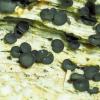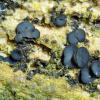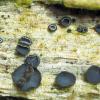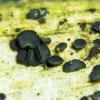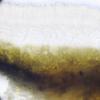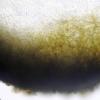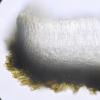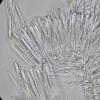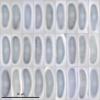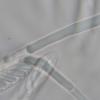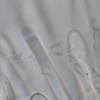
07-12-2025 16:07
Arnold BÞschlenHallo, ich habe in einer Moos-Aufsammlung (epiphy

08-12-2025 21:04
Mark Stevens"Hello everyone,I'm relatively new to microscopy (

09-12-2025 12:06
 Andgelo Mombert
Andgelo Mombert
Bonjour,Je recherche l'article concernant Hypobryo

08-12-2025 18:59
 Lothar Krieglsteiner
Lothar Krieglsteiner
.. found by a seminar-participant, I do not know t

08-12-2025 17:37
 Lothar Krieglsteiner
Lothar Krieglsteiner
20.6.25, on branch of Abies infected and thickened

16-03-2014 22:00
Hello,I found this species a few months ago but ha

08-12-2025 13:39
Thomas LÃĶssÃļehttps://svampe.databasen.org/observations/10572899
 Good afternoon
Good afternoonThis pretty black Mollisia was growing on wet Tamarix wood, in fact at the magnifying glass I did not think at any time that it was a Mollisia. They are small cups of 1.5 2 mm in diameter.
The ectal excipulum has textura subglobulosa, becoming more prismatic towards the margin, where the terminal cells are cylindrical-claviform and very dark brown. The medullary excipulum has textura intricata. The asci are cylindrical, octosporic, biseriate, with croziers and IKI-. Paraphyses are cylindrical with a large VB occupying the entire terminal cell, with negative reaction to KOH. Ascospores are cylindrical-allantoid, without LBs, (6) 7 - 8 (8.3) Ã (1.6) 1.9 - 2.2 (2.4) Âĩm; Q = (2.8) 3.3 - 4.1 (5); N = 56; Me = 7.4 Ã 2.1 Âĩm ; Qe = 3.7,
With the keys I can't come up with anything coherent.
Thanks for your help.






